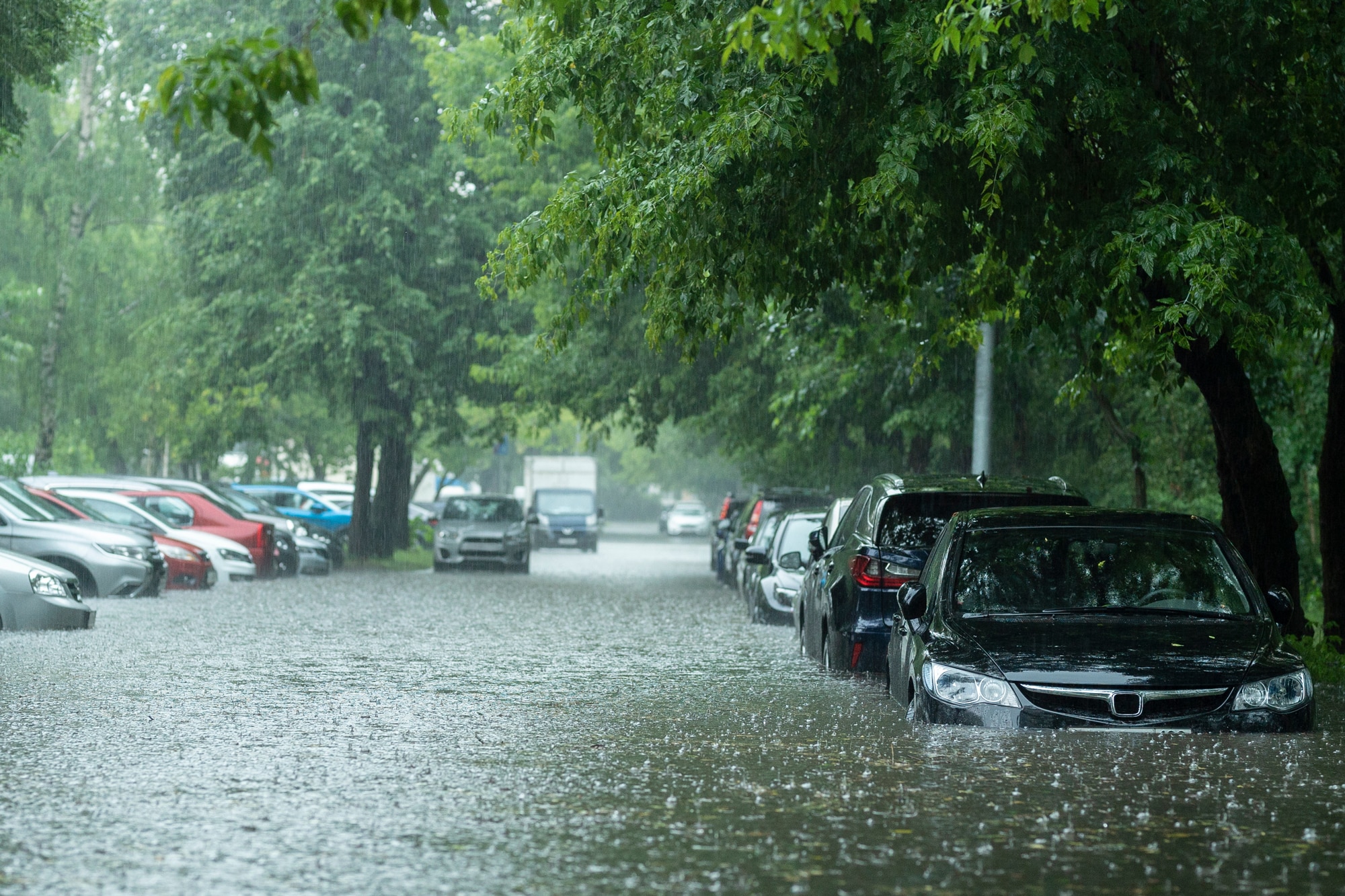How to Spot a Car With Flood Damage
Make sure your next car wasn't a submarine in a previous life.
 Shutterstock
Shutterstock
Article QuickTakes:
When shopping for a used car, you might not think to check for flood damage, particularly if the vehicle in question has spent its life in a dry climate. Perhaps you’re relying on the title to disclose such information, as is required by law. But unscrupulous sellers have found workarounds. They routinely transport flood-damaged cars away from their original location in hopes that prospective buyers will be less wary of water damage. Some have flood branding removed from a title by applying for a new one or re-registering the car in a different state. Said sellers have also gotten good at hiding the telltale signs of water infiltration. If you know what to look for, though, you can spot a car with flood damage and save yourself a lot of money and headaches.
Inspect the Carpet and Upholstery
Your best tool for sniffing out (literally) flood damage is your nose. Stick your face in the cabin and take a big whiff. When upholstery and carpet are wet for long periods of time, they grow mildewy and gain a musty smell that's hard to get rid of.
If you detect a strong air freshener, that’s a potential red flag, as is arriving at the inspection to find all the doors and windows open. If this is the case, close up the car and let it sit for a few minutes before conducting the smell test.
While you're there, carefully inspect the carpet. Does it have unusual stains and discoloration? Was it recently replaced? If so, ask the seller why.
Check the Nooks and Crannies
When a car floods, water and debris get everywhere, leaving traces in the tiniest cracks. If you find silt in hard-to-clean places such as trim panel gaps or the folds in the upholstery, that’s a bad sign. Also, look for any exposed, unpainted screws. They should be bright and shiny, not rusty. Fog or moisture in the gauge cluster and interior lights is another warning sign.
Test Buttons and Switches
Water can wreak havoc on electronics, which is one reason flood-damaged cars are so problematic. Check for obvious electrical issues. When starting the car, make sure the warning lights in the gauge cluster turn on and then promptly turn off. Roll the windows up and down to ensure smooth operation. Turn on the lights and try the wipers. If there's an infotainment system, play with the interface and note any freezing or graphics issues. Turn on the radio, crank up the volume, and listen for any distortion (water isn't a friend to the paper found in speaker cones).
Examine the Exterior
Signs of flood damage are generally less apparent outside the car, but take a look at the headlights. Sometimes water gets inside the housing and leaves a mark on the lens. Next, pop the hood. Dust and grime are normal in an engine bay, but mud and sediment aren’t.
Seek Professional Help
A solid piece of advice when buying a used car is to ask for a pre-purchase inspection by a mechanic. An experienced technician will be able to spot flood damage and other potential problems. An inspection may cost you a few hundred dollars, but it provides some peace of mind and could save you a lot more in the long run if it exposes issues you otherwise would have missed.



